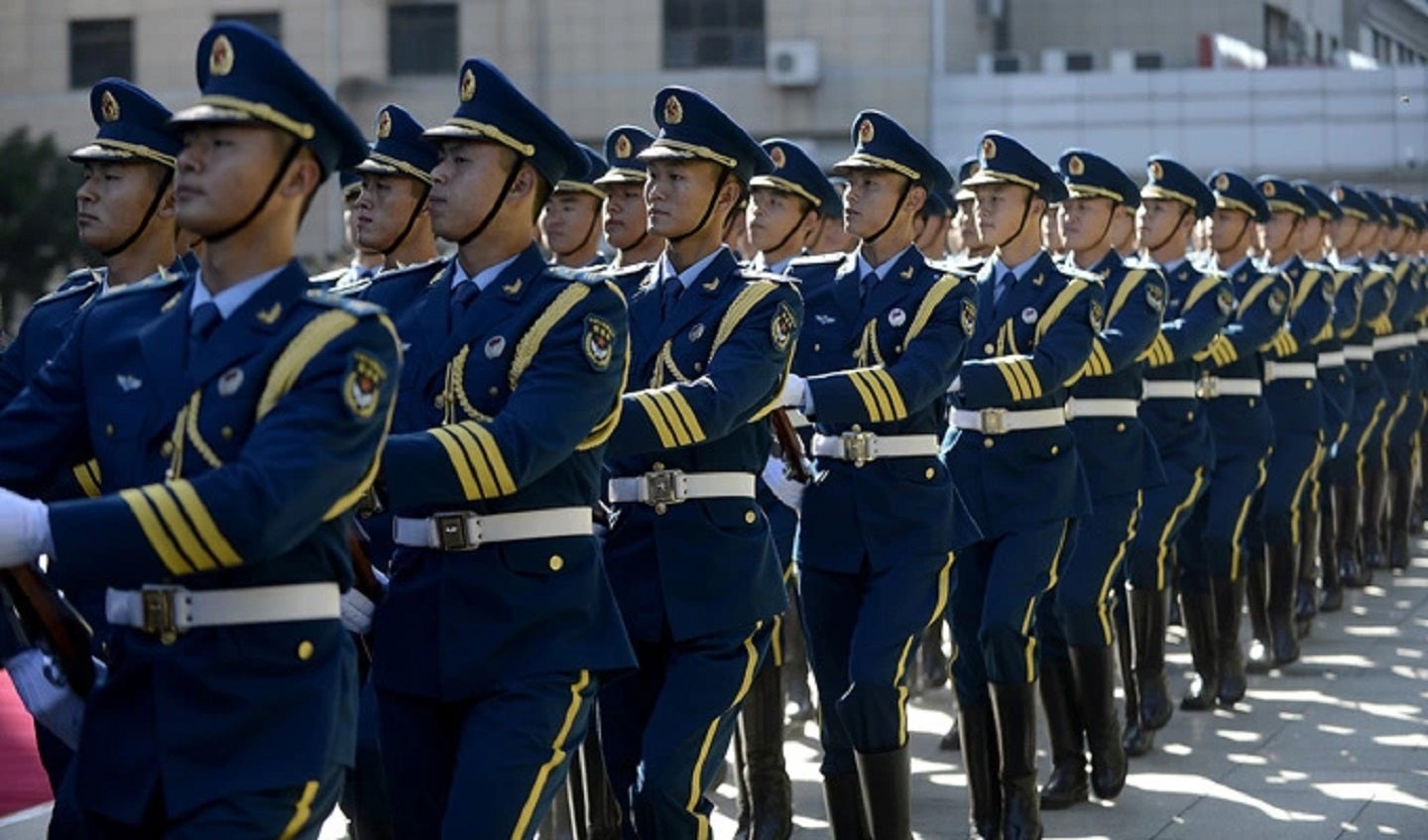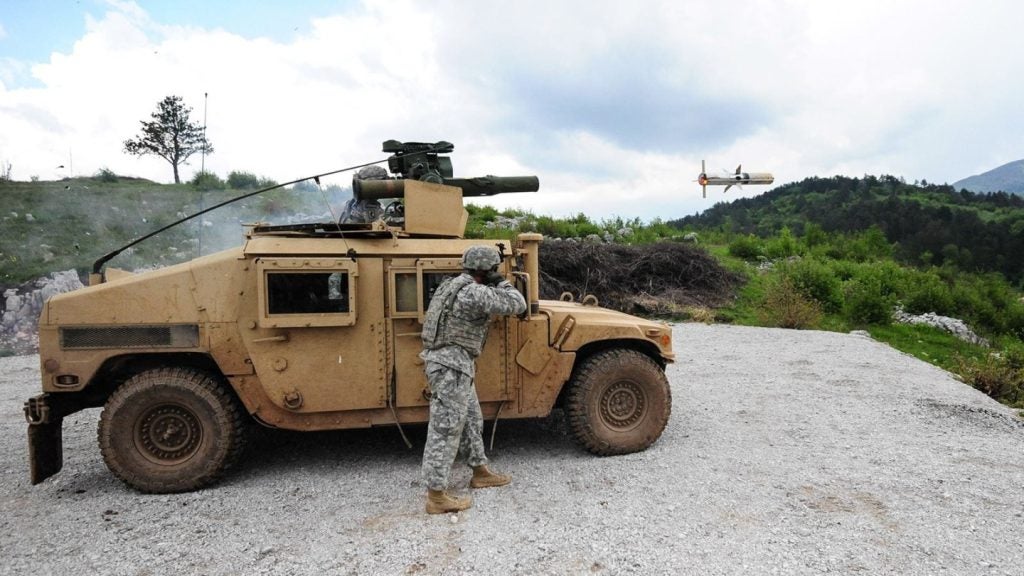
There is a consensus among the US intelligence community that partnerships with the private sector are the key for the US to maintain the advantage against near-peer and peer rivals in the current security climate.
While the private sector provides militaries with the means to battle for territorial interests with platforms, the edge is given to the power with the most advanced cyber, space and nuclear capabilities that are also informed, maintained, and advanced by industry.
The US Senate Select Committee on Intelligence met on 8 March to discuss the threats posed – predominantly from China, as well as from Russia, Iran, and North Korea – and the approach the US must take to squander their efforts and ambitions.
The private sector is the source that feeds the US arsenal with the latest innovative technologies and architectures. So much so that the director of the Central Intelligence Agency (CIA), William J. Burns, has stated that “the revolution in technology is not only the main arena for competition with the People’s Republic of China [PRC], it’s also the main determinant of our future as an intelligence service”.
This leads us to question the dynamics of the military-industrial complex today. The director Lieutenant General Scott D. Berrier of the Defence Intelligence Agency (DIA) claimed that formerly “the West owned the technology”, with which “we won the Cold War”, but had “then we took our eye off that ball” in the period since
“So now it’s about how we apply this asymmetric advantage that we have” among the intelligence community, Berrier continued.
Christopher Wray, director of the Federal Bureau of Investigation (FBI), asserted that the US must “engage” the private sector, adding that “they are essential… we need to keep doubling down on that… if you look at things the Chinese are trying to steal, that’s where it is”.
The DIA director emphasised the problem that “the Chinese are advancing very, very rapidly in every fighting domain”.
The chair of the committee, Mark Warner, issued similar sentiments, saying that the US must “aggressively invest in talents, tools, and research to lead in tomorrow’s technology”.
Procurement comparison
GlobalData insight provides signals towards the beginning of such an arms race as described by the US intelligence community.
Over 2023–27, it is forecast that Chinese defence expenditure will register a compound annual growth rate (CAGR) of 7.2% to value $318.6bn in 2027.
Territorial claims in the South China Sea and the increasing strength and assertiveness of the US have spurred the Chinese government to enhance its military capabilities.
In order to achieve this, the Chinese government has approved a military modernisation programme, under which the Chinese Department of National Defence is expected to spend $1.4 trillion over 2023–27 on the procurement of military hardware and the modernisation of its armed forces.
The US is determined to outperform China’s efforts. The acquisition budget of the US remains high at 35.7% of the total budget ($264.6bn). The proportion of the total budget has also risen from 34.9% in 2018 and is forecast to be 36.5% by 2027 ($314.4bn).
This substantial acquisition budget is comprised of procurement and research and development spending which allows the US to procure commercial off-the-shelf and modified off-the-shelf platforms whilst upholding its research and development of new and emerging technologies. GlobalData states that this helps the US keep its position as the world’s leading military power.
On top of that, by 2027, the total defence budget is forecast to reach $861.4bn, a positive compound annual growth rate of 3.9%. The 2023 National Defence Authorisation Act sets out further funds for aid to Ukraine and the support of Taiwan.
The China strategy
In the committee meeting, the Office of the Director of National Intelligence Avril Haines identified the current Chinese strategy.
The President of China, Xi Jinping “wants a period of relative calm to give China what it needs to address growing domestic difficulties. Xi’s principal focus is on domestic economic development, which is not assured”, according to Haines
“In fact, the [intelligence community] assesses China’s long-term economic growth will continue to decelerate because China’s era of rapid catch-up growth is ending and structural issues such as debt, demographics, inequality, over reliance on investment, suppressed consumption remain,” Haines added.
US foreign policy has already begun to contribute to China’s deceleration, with the Biden administration’s hopeful chip war. Organising a structure among the so-called “chip 4 alliance”, with the Netherlands, Japan, and South Korea will help to put a stop to China’s AI development as China starts to eat into their two year stockpiles of microchips.








